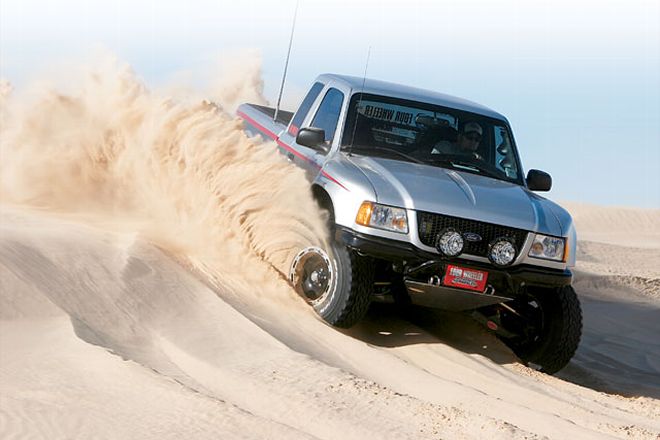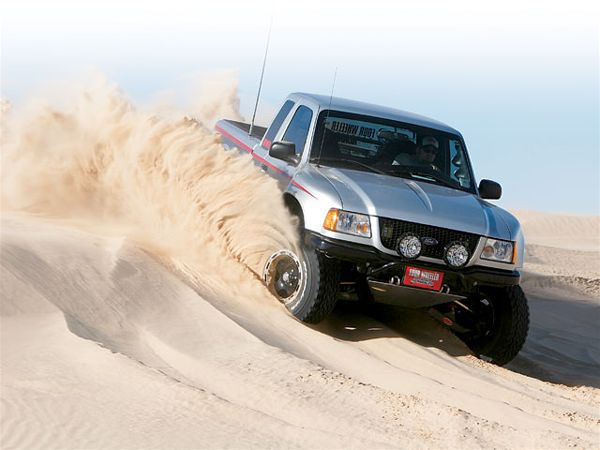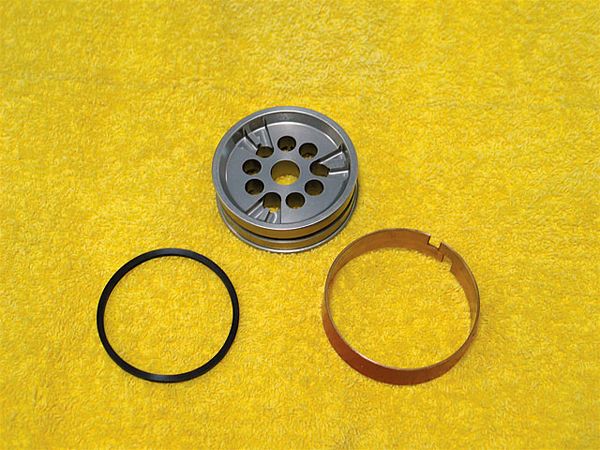
 Sean P. Holman
Contributor
Photographers:
Ken Brubaker
Sean P. Holman
Contributor
Photographers:
Ken Brubaker

We have had the Dixon Bros. Racing long-travel suspension kit on our project Ranger for more than a year now and we have to tell you how much we are still enjoying it. Since installing the kit, we have taken the Ranger all over the California desert, to places like Death Valley, Joshua Tree, and Glamis, in addition to the Nevada backcountry, Baja California to follow the Baja 1000 race, and Moab for Easter Jeep Safari. In the many miles of off-roading that the truck has been through, it has taken a pounding and the kit just keeps working-one of the strong points being the Bilstein 9100 reservoir shocks. One thing we have found is that we are driving the truck more aggressively these days, so we decided it was time for a shock valving adjustment and we called our friends at Bilstein in Poway, California, to have RangeRunner's shocks revalved, which is something we hadn't had time to do previously. Follow along as we take apart our 2.65-inch Bilstein 9100 reservoir shocks and tune them for our Ranger.

Unlike our shocks, which use a 46mm piston in a 60mm piston carrier, Bilstein's new linear piston for 9100 series shocks is a full 60 mm. The beefy new piston is made from high-strength 7075 aluminum alloy, which is then hard-anodized. It also features a full 1-inch Teflon wear band that provides a replaceable wear surface that cuts down on friction from the piston to the inner cylinder walls, offering better support and longer life in all conditions. All 9100-series shocks now come standard with this new piston.








